The dreamachine (or dream machine) is a stroboscopic flicker device that produces visual stimuli. Artist Brion Gysin and William S. Burroughs’s “systems adviser” Ian Sommerville created the dreamachine after reading William Grey Walter’s book, The Living Brain.[1][2]
History
In its original form, a dreamachine is made from a cylinder with slits cut in the sides. The cylinder is placed on a record turntable and rotated at 78 or 45 revolutions per minute. A light bulb is suspended in the center of the cylinder and the rotation speed allows the light to come out from the holes at a constant frequency of between 8 and 13 pulses per second. This frequency range corresponds to alpha waves, electrical oscillations normally present in the human brain while relaxing.[2]
The Dreamachine is the subject of the National Film Board of Canada 2008 feature documentary film FLicKeR by Nik Sheehan.[3]
Use
A dreamachine is “viewed” with the eyes closed: the pulsating light stimulates the optical nerve and alters the brain’s electrical oscillations. Users experience increasingly bright, complex patterns of color behind their closed eyelids. The patterns become shapes and symbols, swirling around, until the user feels surrounded by colors. It is claimed that using a dreamachine allows one to enter a hypnagogic state.[4] This experience may sometimes be quite intense, but to escape from it, one needs only to open one’s eyes.[1]
A dreamachine may be dangerous for people with photosensitive epilepsy or other nervous disorders. It is thought that one out of 10,000 adults will experience a seizure while viewing the device; about twice as many children will have a similar ill effect.[5]
Notes
Cecil, Paul (March 2000). “Everything is Permuted”. Flickers of the Dreamachine.
Century, Dan (December 2000). “Brion Gysin and his Wonderful Dreamachine”. Legends Magazine.
Kerekes, David (2003). Headpress 25: William Burroughs & the Flicker Machine. Headpress. p. 13. ISBN 1-900486-26-1.
Allen, Mark (2005-01-20). “Décor by Timothy Leary”. The New York Times.
Plans & Materials
34″x32″ piece of heavy paper or cardboard for the Dreamachine light-shade. You should use a material that is stiff, but flexible enough to be rolled into a tube with the ends glued together.
16″x12″ piece of heavy paper or cardboard for making templates. This will be cut into five 8″x4″ cards for making templates.
78 RPM record-player turntable.
A bare hanging light bulb. Wattage will vary depending on how bright a light you prefer. Try 15 to 50 watts.
Construction
Photocopy the five templates (A, B, C, D, and E) and then paste the copies onto 8″x4″ cards cut from the heavy template card stock. Then cut out and discard the designs to form the template cards.
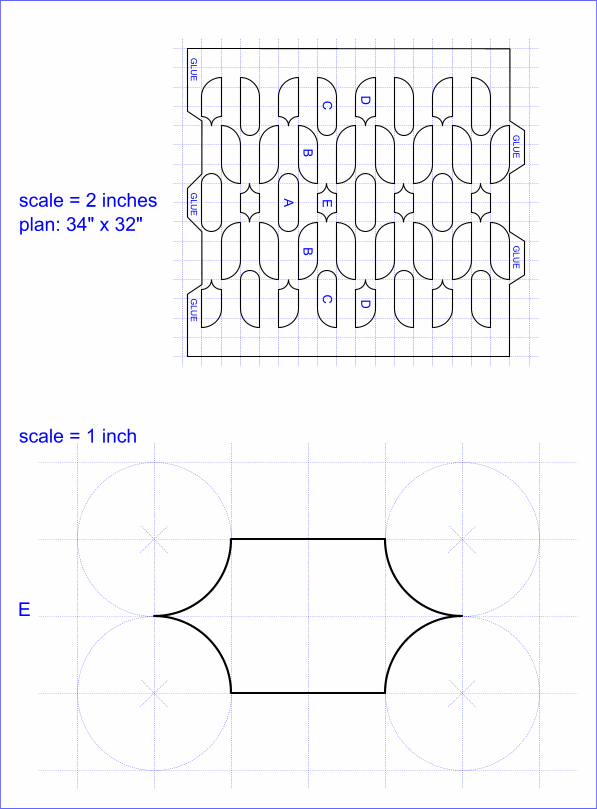
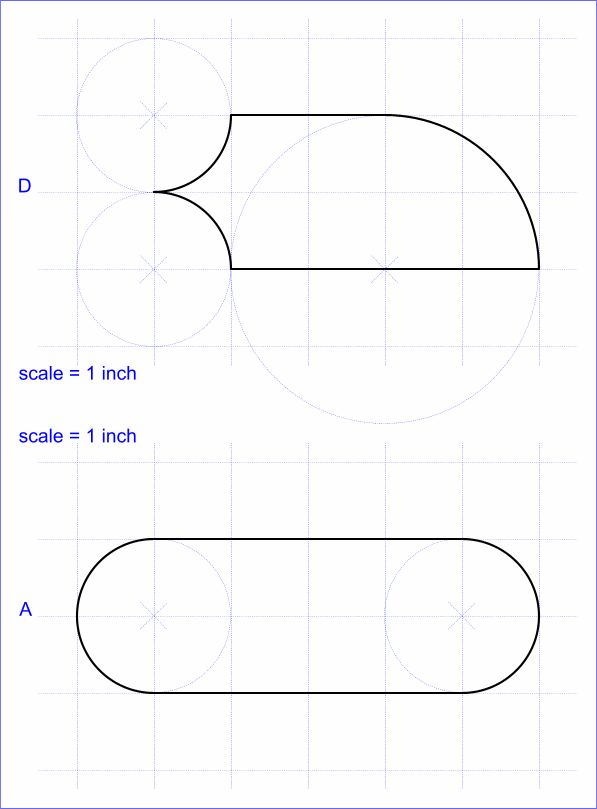
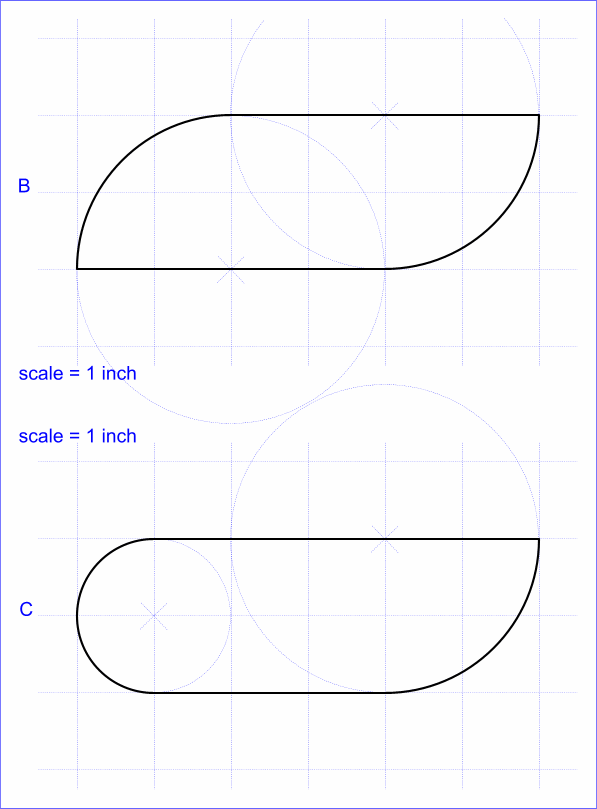
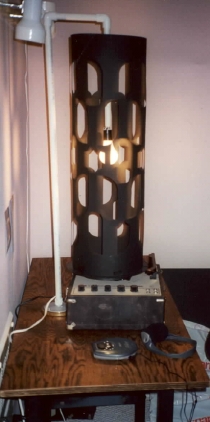
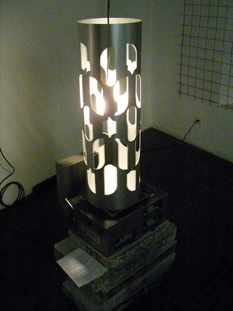
Divide the light-shade paper into a 2-inch grid as shown on the overall plan.
Trace the template designs onto the light-shade paper following the grid sequence from the overall plan.
Cut out and discard the designs from the light-shade paper. These form the slots that the light will shine through.
Cut and trim the two long ends of the light-shade paper to form the glue tabs as seen in the overall plan. Note that the pattern length should be just under 34 inches. When the pattern is rolled into a tube its circumference should be 32 inches since the tabs overlap.
Roll the light-shade paper into a tube and overlap the glue tabs. The tabs should be positioned on the inside of the tube, rather than the outside. Glue the tabs to the inside surface of the tube.
Place the Dreamachine light-shade on a 78 RPM turntable.
Suspend the light bulb 1/3 to 1/2 down the inside of the light-shade. The light should be in the center of the tube and not touch the edges.
Using the Dreamachine
Turn on the light bulb and set the light-shade tube in motion. Dim the normal room lights so that most of the ambient light comes from the Dreamachine. Sit comfortably with your face close to the center of the tube. Now close your eyes. You should be able to see the light from the Dreamachine flickering through your eyelids. Gradually you will begin to see visions of flickering colors, amorphous shapes, and fields and waves of color. After a time the colors begin to form patterns similar to mosaics and kaleidoscopes. Eventually you will see complex and symbolic shapes; perhaps people or animals.
Notes/Variations
If you have trouble getting an old 78 RPM. turntable then you can make use of a 45 RPM. turntable by adding 12 extra columns of slots. This makes the pattern 24 inches longer and will result in a tube diameter of 17 inches. This is bigger than the platter of most turntables. You can either scale the entire pattern down by half or you can try placing an 18-inch disk on the turntable for the tube to rest on.